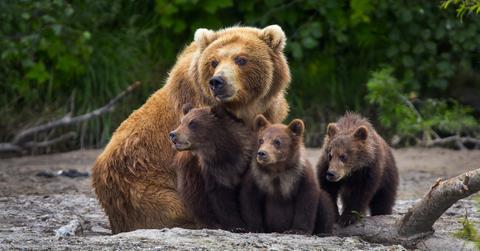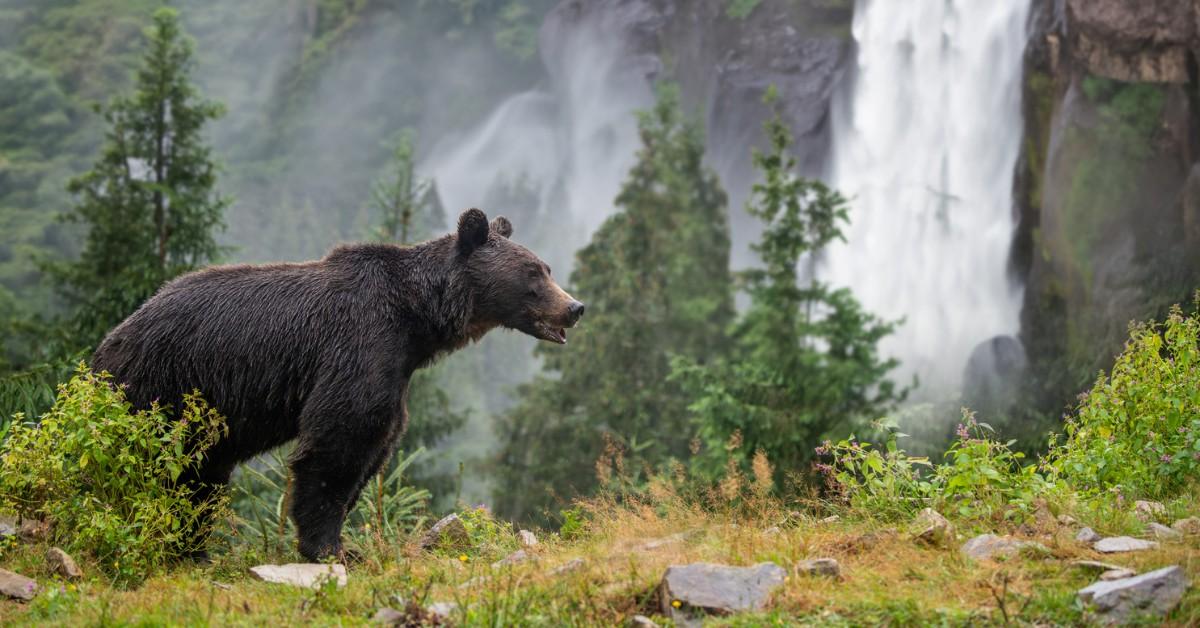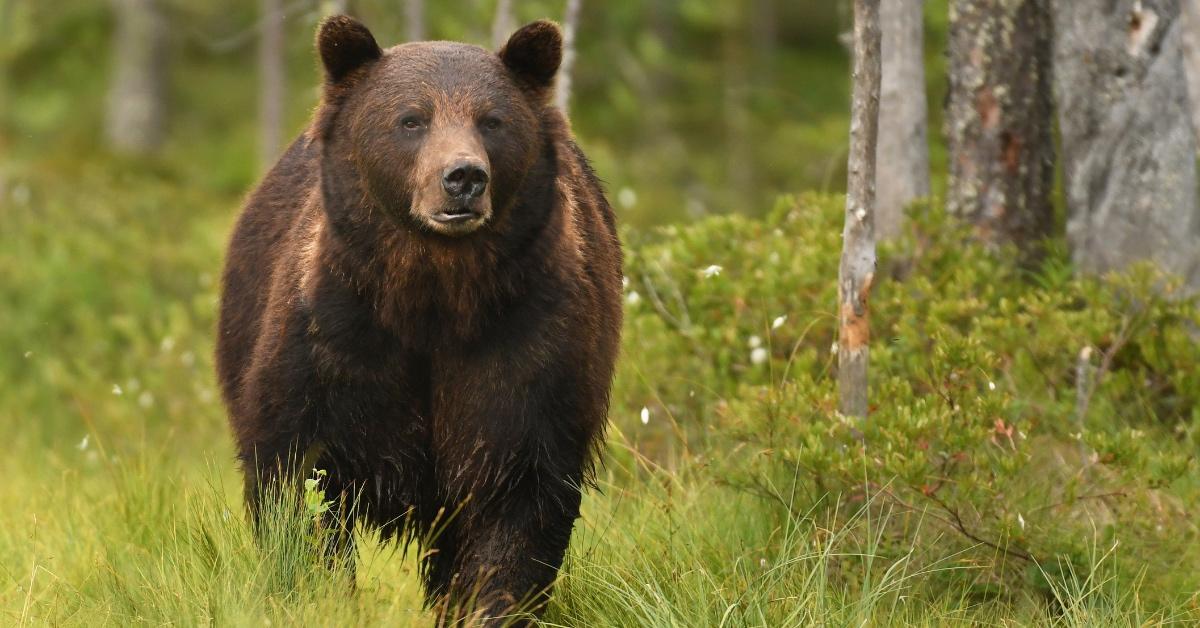Conservationists Warn Swedish Officials Against Swedish Bear Hunt — Details Here
Just under 500 brown bears are expected to be slaughtered during the annual hunt.
Published Aug. 21 2024, 1:39 p.m. ET

Officials in Sweden are facing backlash over its annual bear hunt in which the country tries to manage its population of brown bears by culling the creatures. Per the Associated Press (AP), Sweden has issued nearly 500 hunting licenses (one license = one bear), much to the horror of local conservationists.
Some experts say that Sweden's decision to kill nearly 20 percent of its bear population isn't just cruel, but it could lead to the decimation of brown bear populations across many parts of Europe.
Continue reading to learn more, including why some hunters are siding with conservationists and warning against the continued mass executions.

Conservationists push back against Sweden's annual brown bear hunt.
According to DW, bear hunting season in Sweden begins on August 21 and lasts until either October 15 or however long it takes for the designated amount of bears to be killed. Last year's bear cull was a "record high" of 649 animals.
Magnus Orrebrant, the chair of the Swedish Carnivore Association, is furious about this news, telling The Guardian that the annual bear hunt is a "trophy hunt."
Instead, he says that the country should be working to protect and preserve brown bear populations, not just in Sweden, but across Europe. This is largely because experts believe that ongoing large game hunts like this one could cause the species to be completely wiped out.

How many brown bears are there in Sweden?
One of the reasons experts are so worried about the bear hunt is because the number of bears in the country is already dwindling. The Guardian notes that by the end of the 2024 hunt there will only be an estimated 2,000 bears left in the country, which amounts to a nearly 40 percent decrease since 2008.
Jonas Kindberg of a Swedish-Norwegian bear preservation research program told the AP that, "if you want the population to remain stable at around the 2,400 animals as we estimate today, you can only shoot about 250 bears annually."
Bear populations can't rebound as quickly as other animals because of how long it takes bear cubs to mature, according to the Down To Earth blog. Because cubs take so long to get ready to live independently (an estimated three to four years), mama bears go years between pregnancies.
There are also concerns about creating an imbalance in the number of male bears versus female bears, which can take many years to fix.
Why are bears important to the environment?
Bears play a very important role in the ecosystem, which includes the distribution of wild seeds, something that helps native species grow throughout the land, according to the World Wildlife Fund. Bears can also help naturally control other populations (like those of moose), which prevents humans from having to get involved in the process altogether.
Bears and other animals are less likely to overhunt the way that humans do, which means bears won't bring another species to the brink of extinction quite like their two-legged counterparts can.